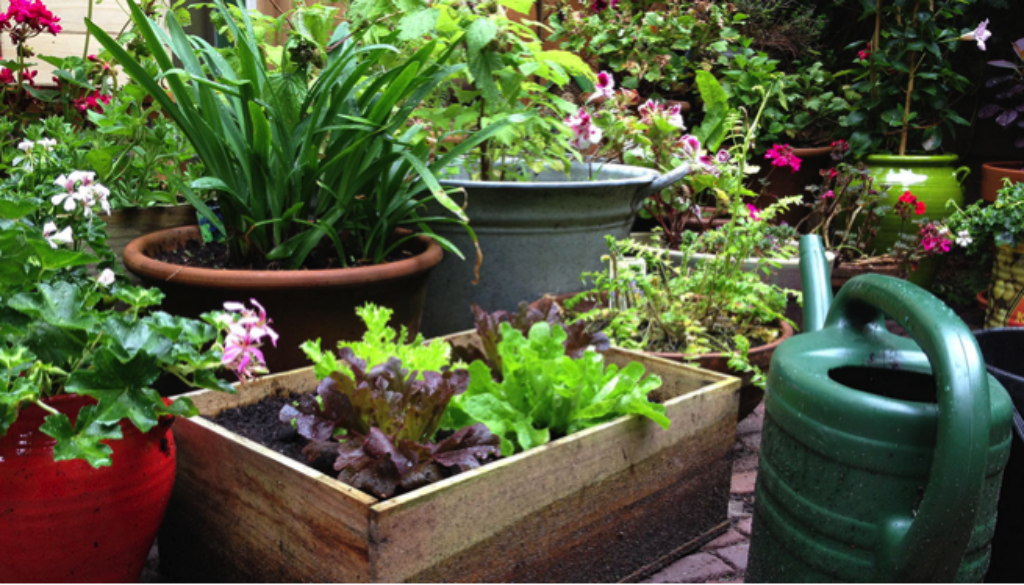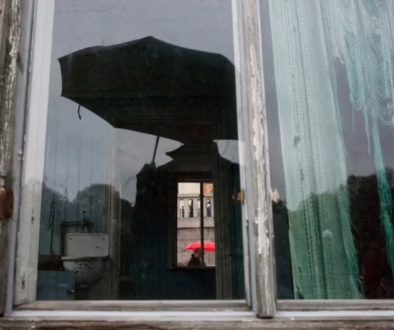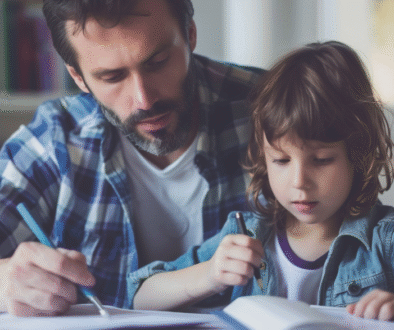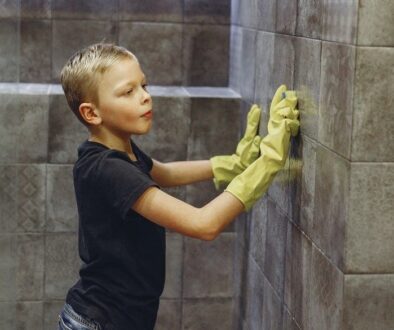Container Gardening 101 For Small Spaces
 Want to grow your own food but don’t have any land to speak of? Here’s how to raise your veggies in pots that can sit pretty on a porch or even a fire escape.
Want to grow your own food but don’t have any land to speak of? Here’s how to raise your veggies in pots that can sit pretty on a porch or even a fire escape.
Wherever you garden, containers are a good choice for solving the conflict between intrusive weeds and roots and your vegetables. The key to container gardening is to choose containers large enough to support the plants you want to grow, says Stacey Hirvela, author of Edible Spots & Pots. “Most vegetables need good, large, 15-to-18-inch-diameter pots of proportional depth,” she says.
In a tropical climate—or even in the summer months in the temperate South—light-colored containers are important to keep temperatures in the root zone from getting too hot. If you garden where summers tend to be cool, using darker-hued planters can be helpful for growing tomatoes and other crops that prefer to sink their roots into warm soil.
Pay attention to drainage and durability when selecting containers, Hirvela advises. Choose pots that have drainage holes in them or be prepared to add holes to let excess water drain out. Depending on the material, this can be difficult to do, she notes, suggesting that a container that lacks drainage holes be used as a cachepot—a decorative outer container that holds a more functional growing container within.
The growing medium also plays a significant role in ensuring that plant roots stay moist but not waterlogged. Hirvela recommends using commercial soilless potting mixes, which are designed to be lightweight and fast-draining. If you prefer to mix your own potting medium to avoid products that contain chemical fertilizers, Hirvela suggests combining 40 percent peat moss or coir (coconut fiber), 50 percent good-quality screened compost, and 10 percent perlite. This creates a mixture that retains moisture, drains readily, and supplies modest nutrients.
“Do not be tempted to dig soil out of your yard to fill containers,” she cautions. Soil doesn’t function the same way in a pot as in the ground, Hirvela says, adding that it is very heavy and dense compared to soilless growing media.
Although it takes a lot of potting mix to fill large planters, Hirvela urges gardeners to forgo the widespread practice of using fillers to take up space inside the pot. Layers of gravel, packing peanuts, empty milk jugs and the like only diminish the amount of room plants have to spread their roots. Contrary to popular belief, she says, fillers make drainage worse by moving saturated growing medium nearer to plants’ roots. “I understand the temptation to fill containers with something else [other than potting mix],” Hirvela says, but fillers that reduce the amount of growing medium in the pot will increase the amount of watering a container needs while restricting plants’ growth and productivity.



